Removing all trade and tariff barriers as part of a hard Brexit would generate ‘a £135 billion annual boost to the UK economy’, according to Professor Patrick Minford on behalf of Economists for Free Trade — while those who claim his ideas spell economic suicide are ‘hired hands, they work for government, they work for big industry…’ Well maybe, as I frequently say: Minford talks of a 4 per cent GDP gain from free trade, 2 per cent from ‘improved regulation’ and more from reclaiming our net EU budget contribution and ‘removing the taxpayer subsidy to unskilled immigration’. All of which adds up to much more, for example, than the ‘best-case scenario’ of a 1.5 per cent GDP gain identified by the think-tank Open Europe before the referendum — since which it would be hard to argue that prospects have dramatically improved.
The truth is that one professor’s guess is no better than another’s, because there are so many variables, including the practicalities of repealing EU red-tape and the impact of other economic and political events. But if you’re willing to listen to a professor who disagrees with Minford et al but is no one’s hired hand (having left the Bank of England’s Monetary Policy Committee five years ago), I suggest you try my fiesty friend Adam Posen’s recent speech to the right-wing, free-market American Enterprise Institute in Washington.
Posen regards Brexit not only as economically crazy but ideologically perverse. Behind it, he observes no love of freedom but ‘an ideology that is ethno-nationalist, that distrusts free markets and competition… of course they have the right to do this, but do not kid yourself about the values behind it’. The Spectator should stage a live debate between Minford and Posen.
Wealth of history
The proposed marriage of two mid-sized wealth managers, Rathbone Brothers and Smith & Williamson, has not made City pulses race. But it will create a business with £56 billion under management, following a trend of sector consolidation in search of economies of scale that kicked off with the merger of Standard Life and Aberdeen Asset Management. And though the new couple’s names won’t mean much unless you already happen to be their clients, they have interesting histories.
Rathbones began as a timber-trading venture in Liverpool in 1742 and is the family firm of a dynasty of Quaker social reformers, including the formidable proto-feminist Eleanor Rathbone (1872–1946). Smith & Williamson, an accountancy practice as well as an investment business, was founded in Glasgow in 1881 — and if it lacks a distinctive flavour, it at least provides an illustration of luck on a grand scale. For many years almost half its fee income came from a single client, the Hall family. Thomas Hall was a small-town bank manager in Queensland in 1882 when he was visited by three brothers called Morgan offering a half-share in an unproven mining claim for £2,000. Hall raised the money and the Mount Morgan mine yielded 225,000 kilos of gold, plus vast quantities of silver and copper — creating a windfall fortune that the original Mr Williamson, who had Australian connections, was appointed to look after.
Both firms have a good reputation for looking after private clients. Let’s hope they don’t lose it in the cost-crushing drive that follows a financial merger and often expunges the culture that went before. The man in charge, Rathbones boss Philip Howell, ought to know the importance of history in business — having spent much of his career in Barclays, which his own Buxton and Gurney ancestors helped to found.
Plot twists
Speaking of Barclays, the plot thickens. Apropos of the coming court case — in which the bank’s parent company and its former chief, John Varley, face fraud charges relating to the capital-raising from Qatar and Abu Dhabi that saved the bank from a taxpayer bailout in 2008 — the smart remark much overheard in City gin joints has been: ‘Surely they must have had the whole thing signed off by the best lawyers in London?’
Now there’s a suggestion that might not be so. A separate civil case is being brought against the bank by femme fatale deal–broker Amanda Staveley, whose firm PCP Capital Partners represented the Abu Dhabi investors in the deal and who claims her clients were treated less favourably than the Qataris — to whom Barclays lent money that was allegedly re-injected as capital. PCP has filed papers claiming that the top City law firm Linklaters resigned from advising Barclays over concerns that the Qatari loan would involve ‘unlawful financial assistance… for the purchase of [Barclays’s] own shares’ — which is the nub of the criminal charges. That looks bad, but one thing’s for sure: this story will run and run, with plenty of twists and spin to come.
Coffee break
We British nowadays spend £8 billion a year in coffee shops and one recent report claims we close £15 billion worth of business deals while we’re there. So it’s a surprise to find café culture apparently declining in France, where it used to be a way of life: Chez Bruno, once the hub of our village, has closed, and in the clifftop bastide of Domme high above the Dordogne, I was turned away in mid-morning by four places that would only offer lunch before I found one willing to sell me a café au lait with a gruff: ‘So long as you don’t keep the table long.’ First refuser was the plush Hotel L’Esplanade, which would otherwise have been my restaurant tip of the week since its dining terrace has one of the most spectacular views in Europe. I might have sent you to Le Belvédère — same view, plainer fare, half the price — but they were even ruder. So let me recommend instead a delicious double ice cream from the nearby Lambert Artisan Glacier, and a stroll along the ramparts.
Got something to add? Join the discussion and comment below.
Get 10 issues for just $10
Subscribe to The Spectator Australia today for the next 10 magazine issues, plus full online access, for just $10.
You might disagree with half of it, but you’ll enjoy reading all of it. Try your first month for free, then just $2 a week for the remainder of your first year.


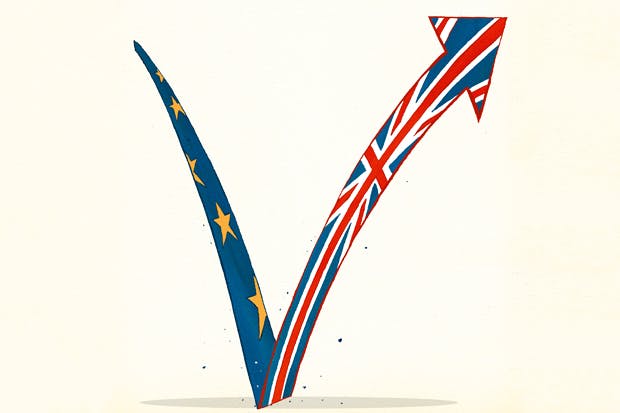
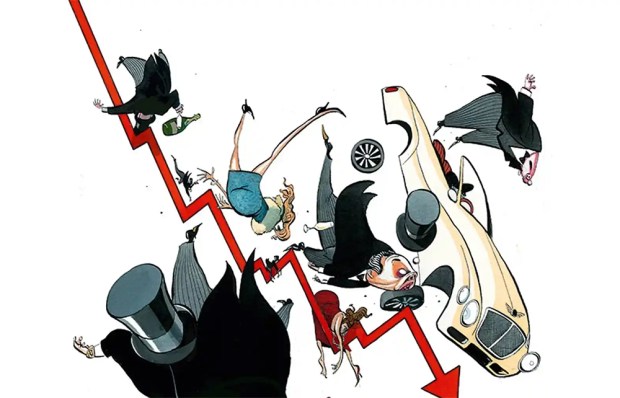
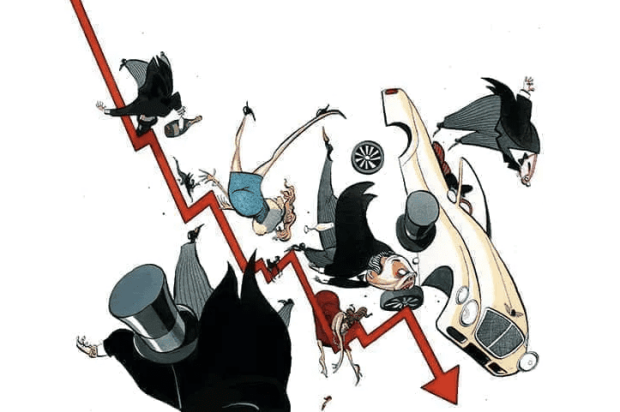
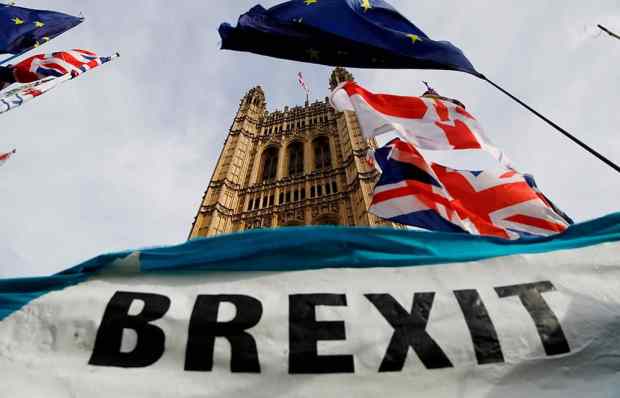
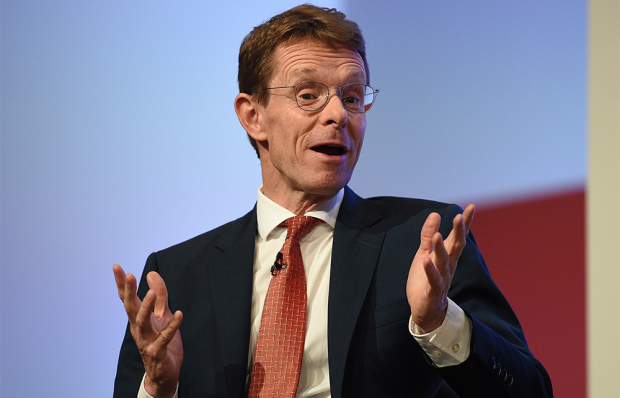
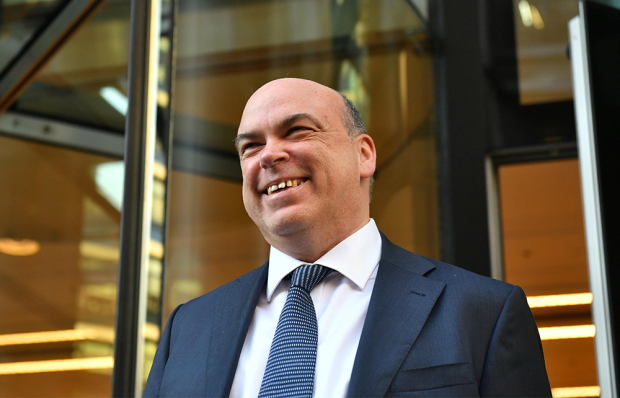
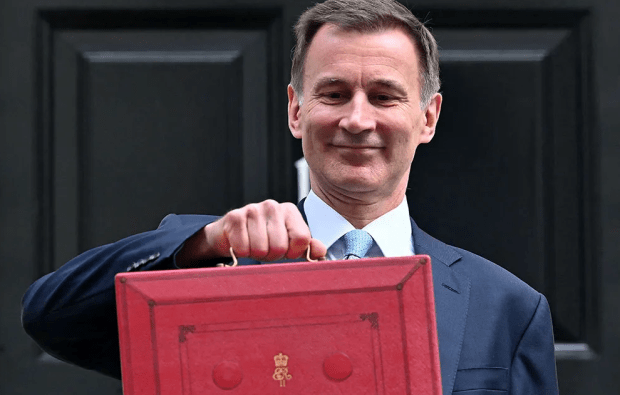






Comments
Don't miss out
Join the conversation with other Spectator Australia readers. Subscribe to leave a comment.
SUBSCRIBEAlready a subscriber? Log in